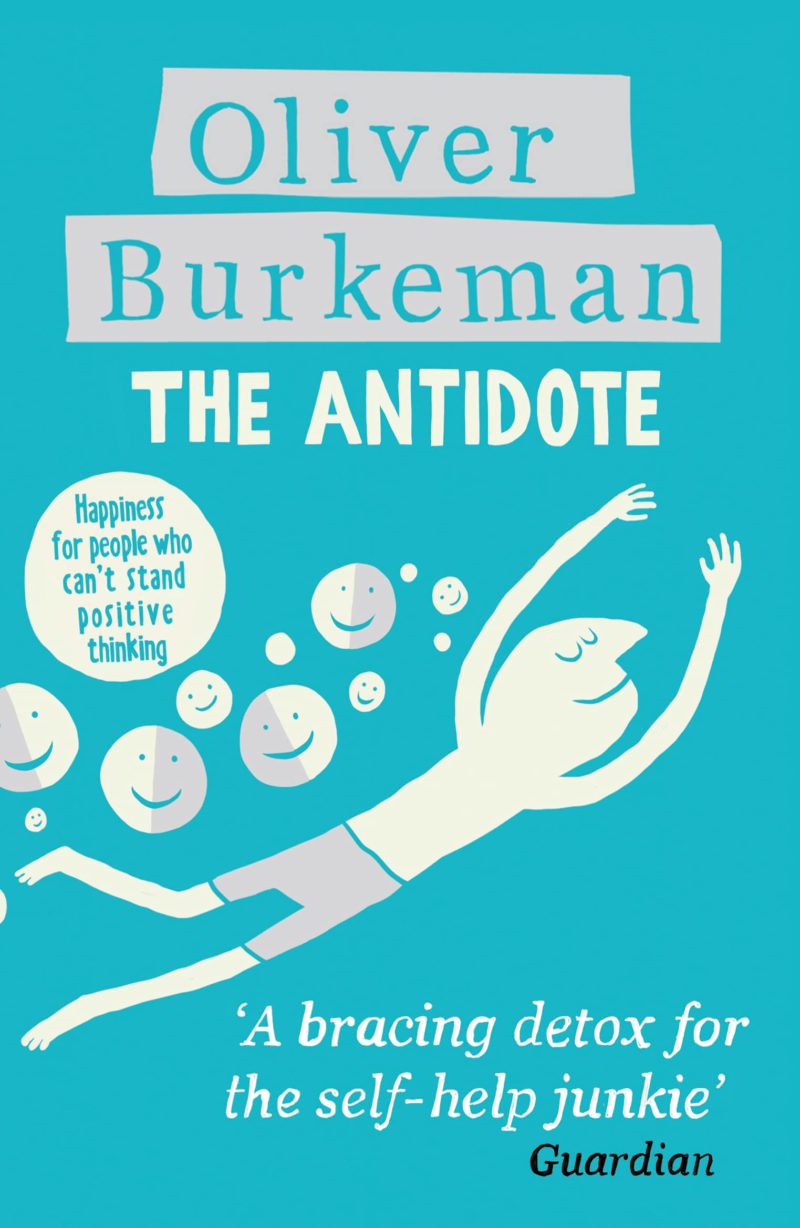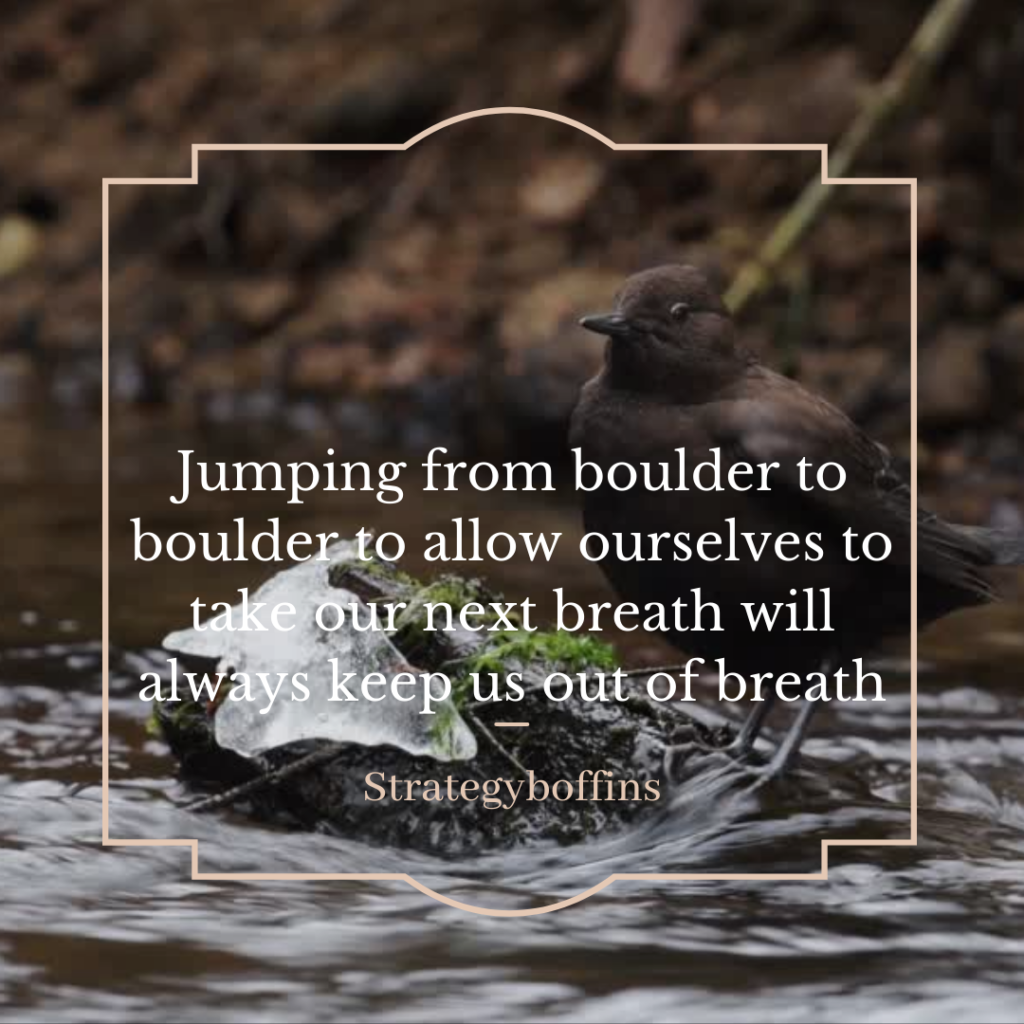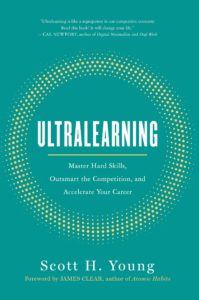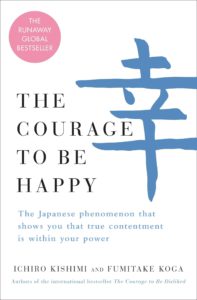How to become more comfortable with uncertainty ? Antidote to poison of Goal Setting and Forecasting
‘OK, I’m motivated now,’ he muttered, to nobody in particular. ‘Is it time for some beer?’ Happiness reached via positive thinking can be fleeting and brittle; negative visualisation generates a vastly more dependable calm.
Subjects: Business Leaders, Goal Setting, self help
‘A good traveller has no fixed plans,’ says the Chinese sage Lao Tzu, ‘and is not intent upon arriving.’ There could be no better way to make the journey.
How many of your goals and forecasts you made before COVID-19 are still intact ? There events that are taking place in the world and personal lives that make setting and following goals very unfeasible. Even if you make it, there are other areas that suffer. In singling out one goal, or set of goals, and striving to meet it, you will invariably exert an effect on other, interlinked aspects of the thing
An executive came up to me at the end of a session and told me his goal had been to become a millionaire by the age of forty. That’s something you hear all the time in business schools. And he’d done it – he was forty-two, so he was right on target. But he was also divorced and had health problems. And his kids didn’t talk to him anymore. His punishing hours destroyed his marriage. ‘I’m not sure if my goals drove me to work the crazy hours I did,’ he later wondered, ‘or if I used my goals as an excuse to avoid issues in my personal life.’ He tried to dig himself out of such crises by means of even more goals (at one point, he recalled, he had a five-year plan to become ‘a leader in the innovation space ’). But none of these plans changed his life.
The Antidote: Happiness for People Who Can’t Stand Positive Thinking is an unconventional self help book that is trying to find out what is wrong with traditional ‘positive thinking’ self help books.
The Seven Habits of Highly Effective People essentially tells you to decide what matters most to you in life, and then do it; How to Win Friends and Influence People advises its readers to be pleasant rather than obnoxious, and to use people’s first names a lot. One of the most successful management manuals of the last few years, Fish!, which is intended to help foster happiness and productivity in the workplace, suggests handing out small toy fish to your hardest-working employees.
We concentrate on what the author found out about goal setting. He didn’t touch forecasting and prediction, which are also normal practice in business world, which usually go wrong.
The hallmark of a visionary leader, it is widely held, is the willingness to set big, audacious goals for his or her organisation, and then to focus every resource on achieving them. Individual employees, meanwhile, are encouraged, and sometimes obliged, to define their own personal work objectives, frequently in the form of ‘SMART’ goals. Smart Pure Clear Goals
In news and media we usually get the most headline grabbing predictions, but they are just as likely to prove astonishingly wrong as astonishingly right. Business leaders to help stock price give similar forecasts about their companies, which when go wrong lead to similar falling of prices. But rarely in the media follow up on their failed forecasts or past failed forecasts/ goals.
Failure is another matter which is hidden from public view as no one likes to follow up with failures, only successes. Ego and insecurity that is generated due to fortifications created to save ego is another concept that is touched upon. Larger than life leaders are just as humans and suffer from same insecurities.
Our resistance to thinking about failure is especially curious in light of the fact that failure is so ubiquitous. ‘Failure is the distinguishing feature of corporate life,’ writes the economist Paul Ormerod, at the start of his book Why Most Things Fail, but in this sense corporate life is merely a microcosm of the whole of life. Evolution itself is driven by failure; we think of it as a matter of survival and adaptation, but it makes equal sense to think of it as a matter of not surviving and not adapting. Or perhaps more sense: of all the species that have ever existed, after all, fewer than 1 per cent of them survive today. The others failed.
Coming to uncertainty, we are faced with anxiety of not knowing what the future holds, and we invest more and more time making goals, and making plans to have our preferred vision of future. It may or may not help us, but it helps us getting rid of the uncertainties of the present. It is just shifting current uncertainty to future. Obviously, we could learn to become more comfortable with uncertainty, both to feel better in the present and to achieve more success in the future.
Kayes told me. ‘We tell ourselves that everything will be OK, just as long as I can reach this projection of the future.’ Obviously, climbing Mount Everest requires plenty of planning, and implies a specific goal.
The problem is not goals and planning, but clinging too tightly to goals, where we allow ourselves to breath when we reach that next patch of ground, as if we are in a river, and have to jump from boulder to boulder. It is not about ‘vision’ or ‘passion’ rather, it’s the ability to adopt an unconventional approach to learning. It is about sailing through on the river, not drowning and then jumping to next boulder.
Start with your means. Don’t wait for the perfect opportunity. Start taking action, based on what you have readily available: what you are, what you know and who you know.’ A second is the ‘principle of affordable loss’: don’t be guided by thoughts of how wonderful the rewards might be if you were spectacularly successful at any given next step. Instead – and there are distinct echoes, here, of the Stoic focus on the worst-case scenario – ask how big the loss would be if you failed. So long as it would be tolerable, that’s all you need to know. Take that next step, and see what happens.
In the end, coming back to the world of self-help and positive visualisation, if you mentally picture things turning out well, the reasoning goes, they are far more likely to do so. The fashionable New Age concept of the ‘law of attraction’ takes things a step further, suggesting that visualisation may be the only thing you need in order to attain riches, great relationships, and good health. The book antidote is for you if you don’t believe in law of attraction, and positive visualisation.
For the Stoics, the ideal state of mind was tranquility, not the excitable cheer that positive thinkers usually seem to mean when they use the word ‘happiness’. And tranquility was to be achieved not by strenuously chasing after enjoyable experiences, but by cultivating a kind of calm indifference towards one’s circumstances. One way to do this, the Stoics argued, was by turning towards negative emotions and experiences; not shunning them, but examining them closely instead.
‘The cucumber is bitter? Put it down,’ Marcus advises. ‘There are brambles in the path? Step to one side. That is enough, without also asking: “How did these things come into the world at all?”





